Photos: Artifacts and Specimens from the Crocker Land Expedition
In 1913, seven American men sailed more than 2,500 miles (4,020 kilometers) from New York to Etah, Greenland, to explore a mountainous Arctic region called Crocker Land that previous explorers had noted but hadn’t had time to reach themselves. The Peary-MacMillan Arctic Museum in Brunswick, Maine, recently opened a new exhibit highlighting artifacts and natural specimen from this largely forgotten expedition. [Read full story about the Crocker Land Expedition]
Making a home in the arctic
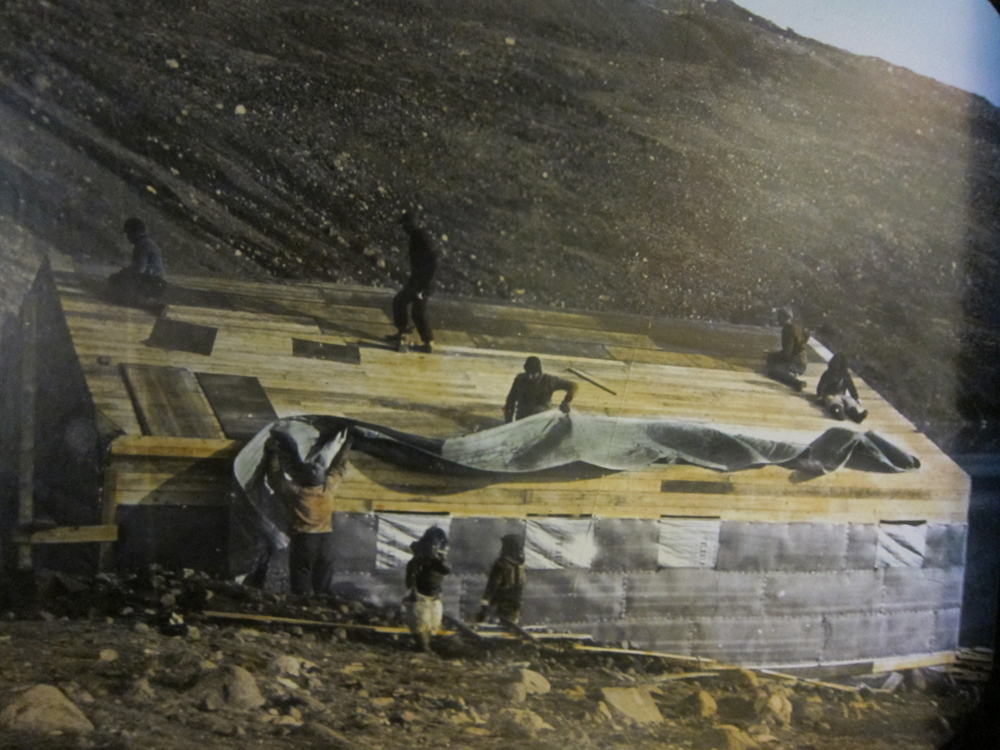
Within two weeks of arriving in Etah, the explorers built a house that would protect them through the winter and allow them to prepare for their journey to Crocker Land in the spring of 1915. (Credit: Inkjet print from hand-tinted glass lantern slide. Gift of Margaret Tanquary Corwin. Peary-MacMillan Arctic Museum.)
An unexplored land
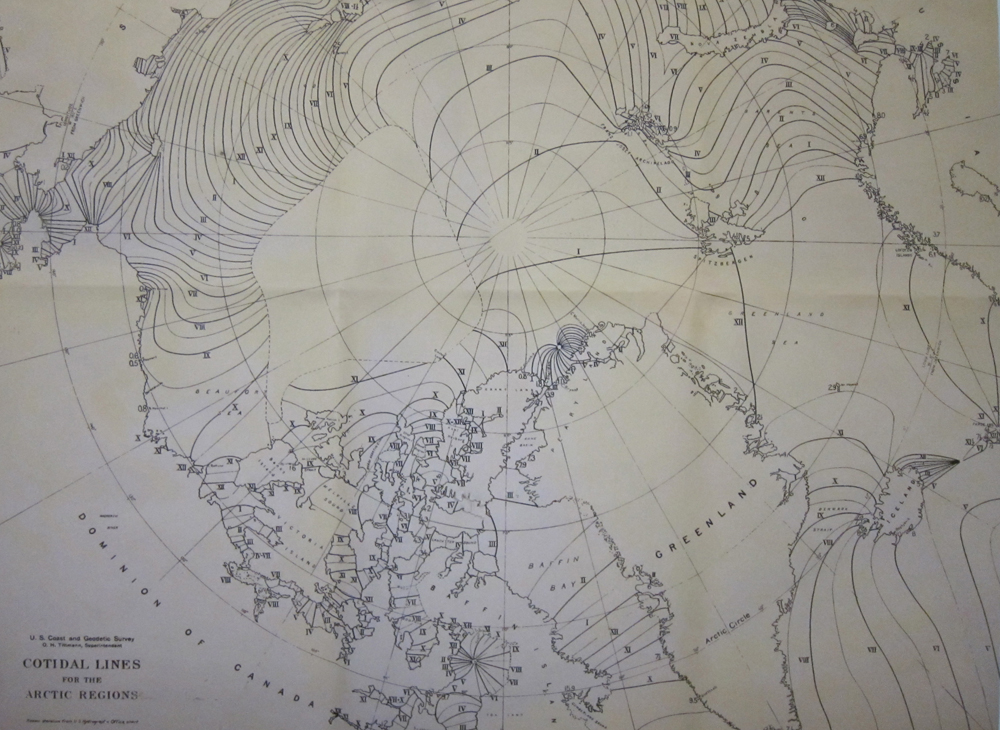
Oceanographic studies of Arctic Ocean currents conducted in the early 20th century seemed to confirm that Crocker Land — the region outlined here to the west of Greenland — did in fact exist, even though nobody had ever ventured there. (Credit: Rollin Harris, 1911. Print from scan of Arctic Tides, Government Printing Office, 1911, courtesy of the Library of Congress. Peary-MacMillan Arctic Museum.)
Navigating ice and snow
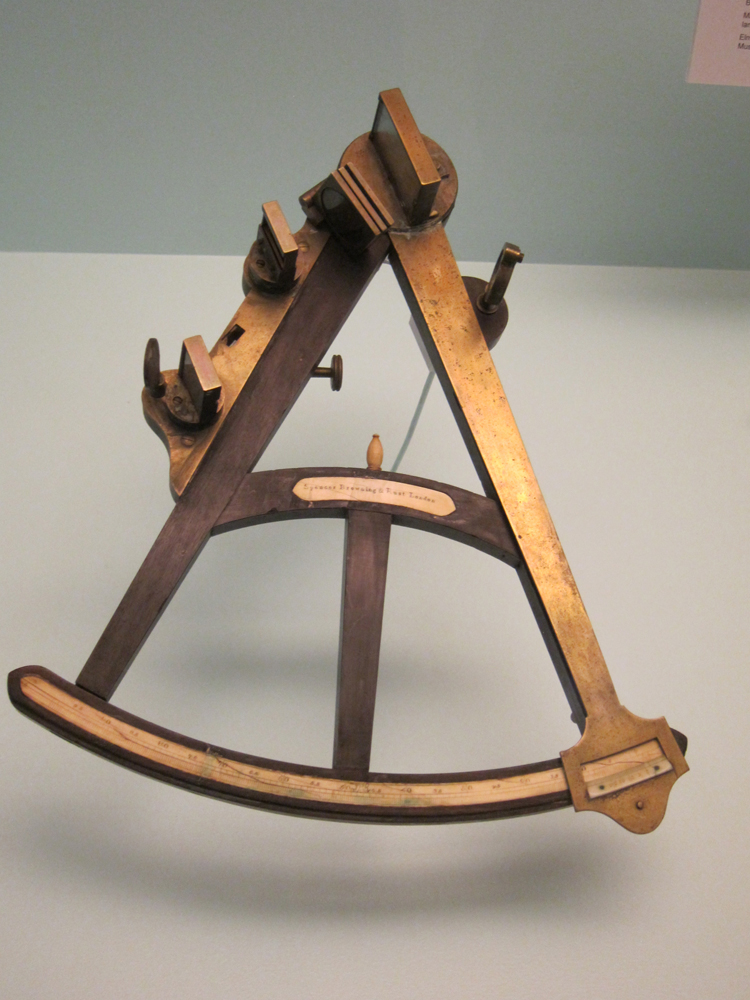
Crew members used this sextant to try to locate Crocker Land, based on descriptions provided by explorer Robert E. Peary. (Credit: Spencer, Browning and Rust, London. Gift of Donald and Miriam MacMillan. Peary-MacMillan Arctic Museum.)
Sign up for the Live Science daily newsletter now
Get the world’s most fascinating discoveries delivered straight to your inbox.
Only a mirage
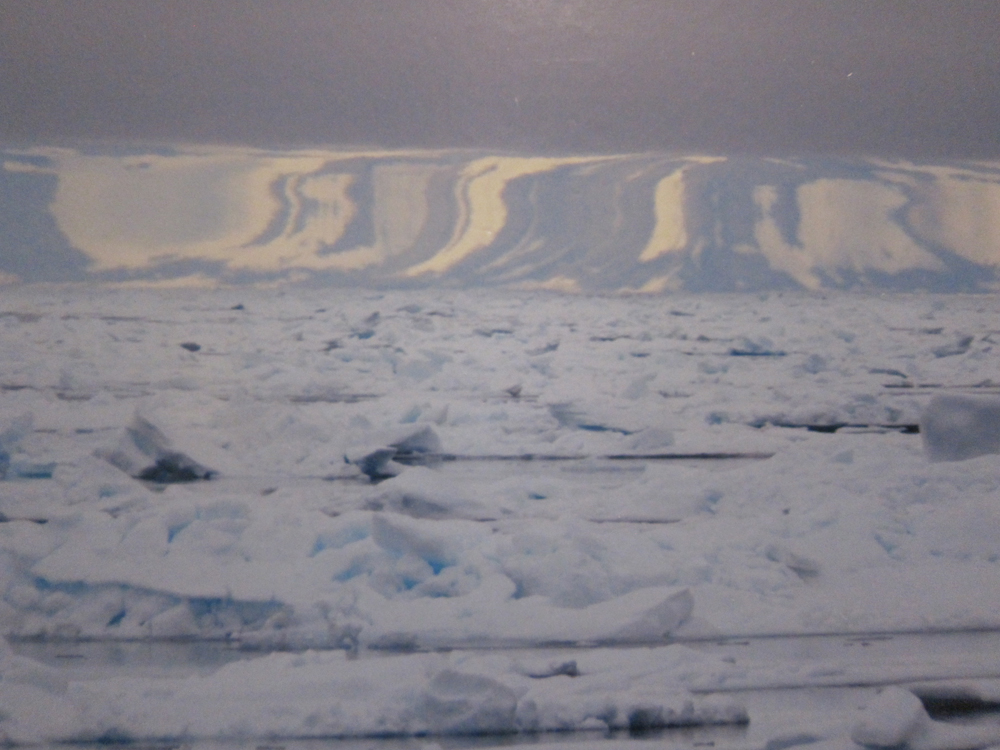
After about six weeks of trekking over ice and snow, the crewmembers determined that Crocker Land was actually a mirage of snow and ice — similar to this modern photograph of an Arctic mirage — that became stretched and manipulated in the Arctic atmosphere to look like a mountain range. (Credit: Carl Safina.)
Snow goggles
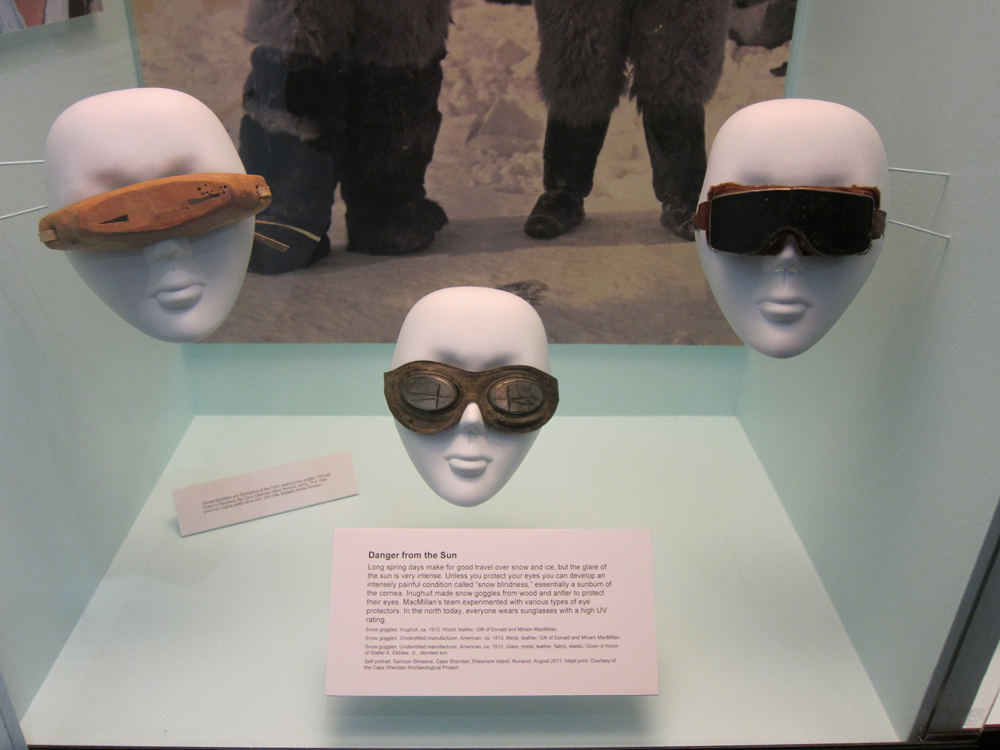
Crewmembers wore snow goggles to protect against snow blindness, caused by the bright reflection of sun off of extensive Arctic snow. (Credit: Wood and metal goggles: Gift of Donald and Miriam MacMillan. Glass: Given in honor of Walter E. Ekblaw, Jr., devoted son. Peary-MacMillan Arctic Museum.)
Arctic bees
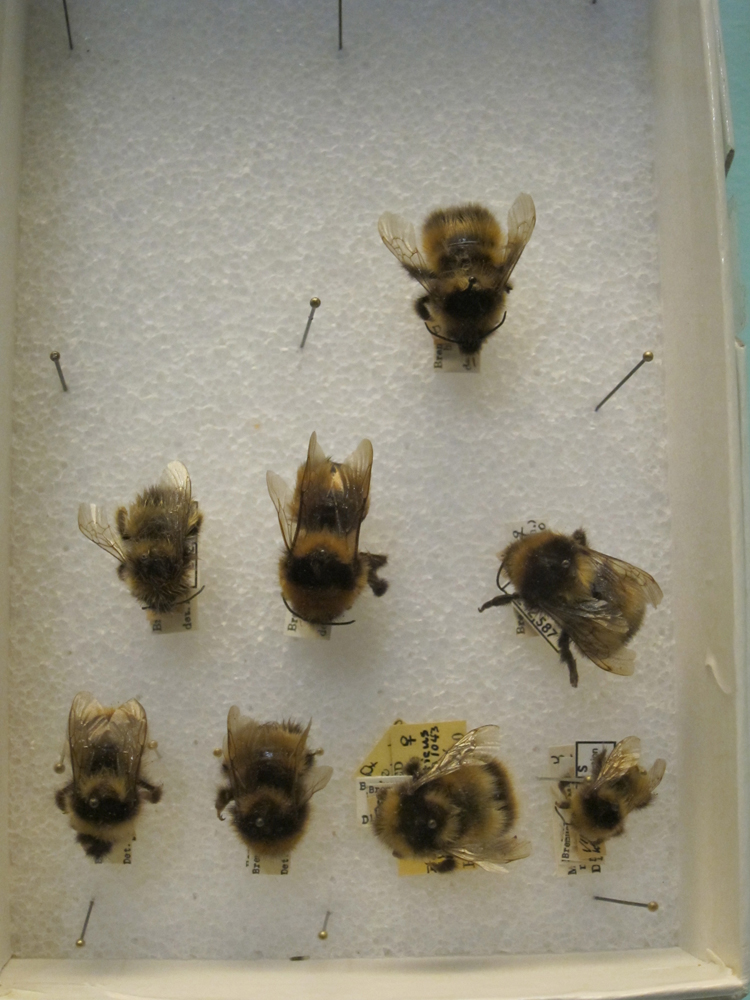
The men collected hundreds of scientific specimens, including these bees: Bombus hypeboreas, B. balteatus, and B. flavescens. (Credit: On Loan from the Illinois Natural History survey. Peary-MacMillan Arctic Museum.)
Arctic plants
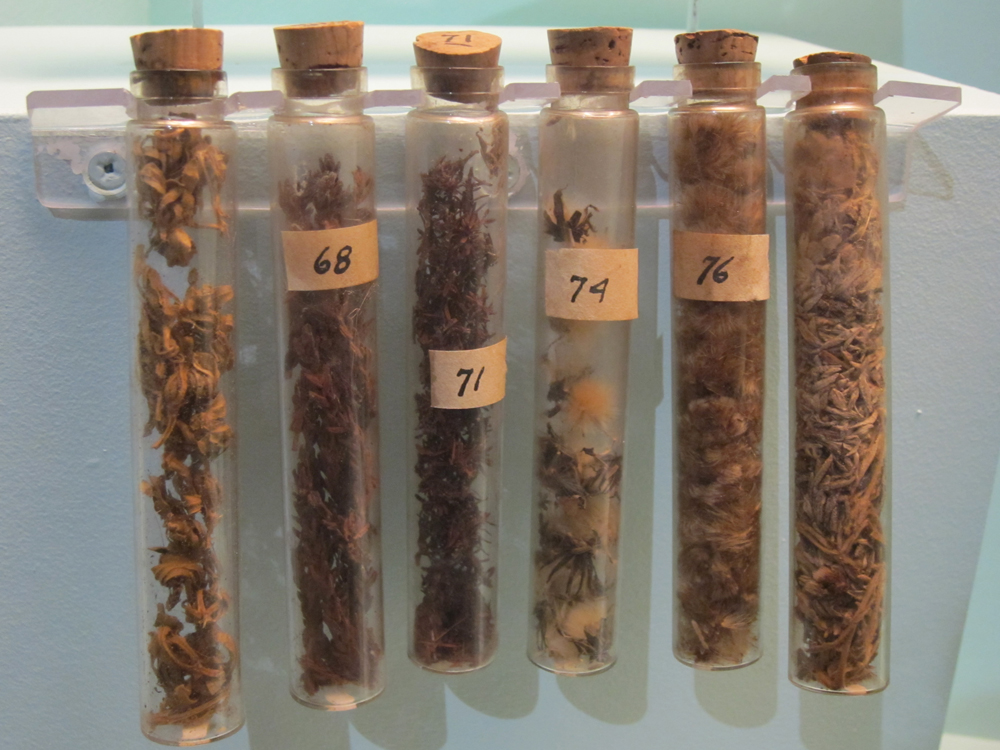
The explorers also collected many plant samples to bring back to the United States for further analyses. Vial 63: leaves of smooth draba; Vial 68: Arctic bell-heather; Vial 71: black crowberry; Vial 74: seeds of dandelion; Vial 76 seeds and heads of cats-paws; Vial 77 plants of cats-paws. (Credit: Given in Honor of Walter E. Ekblaw, Jr., devoted son. Peary-MacMillan Arctic Museum.)
Arctic rocks
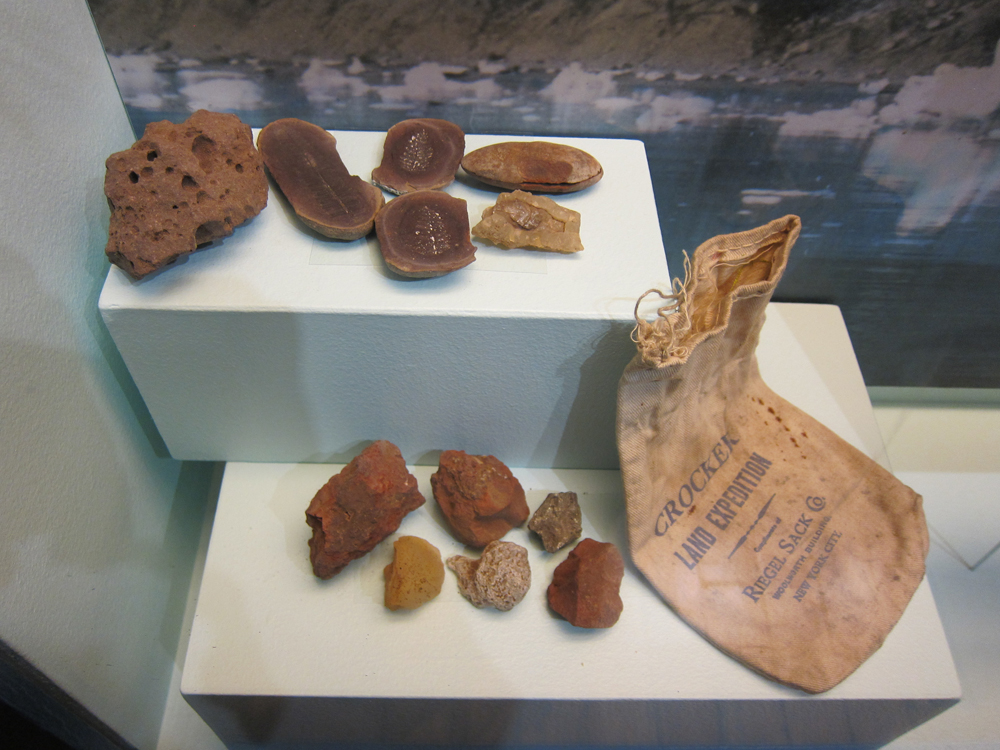
Members of the Crocker Land Expedition collected rocks and fossils to document the geologic landscape of the region. (Credit: Given in Honor of Walter E. Ekblaw, Jr., devoted son. Peary-MacMillan Arctic Museum.)
Migration discovery
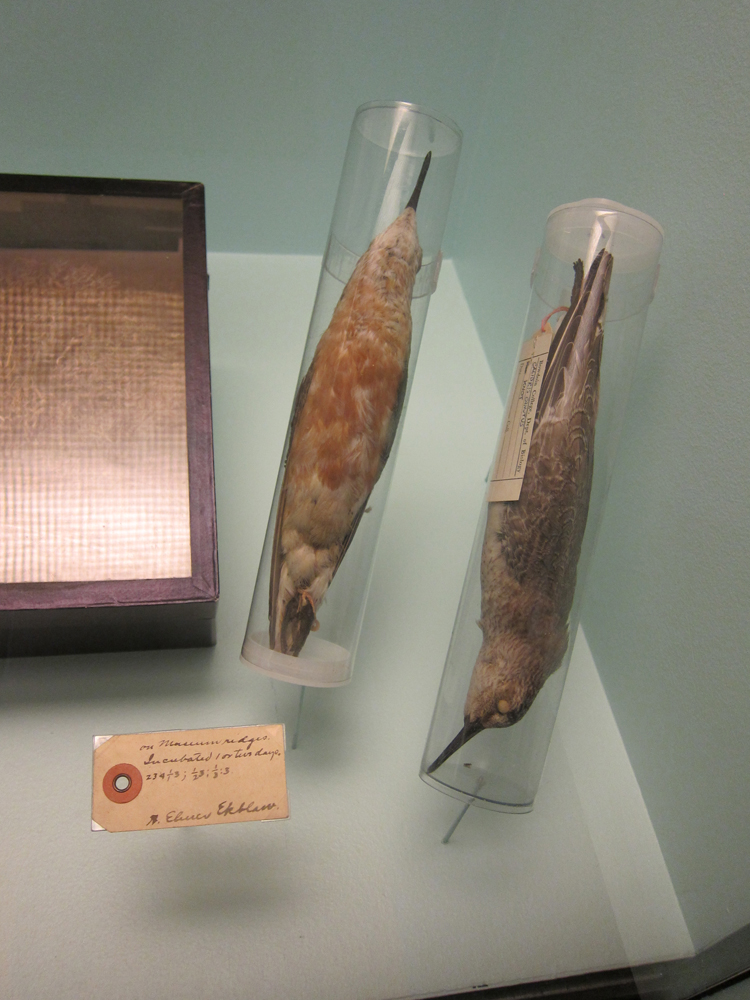
One of the major findings of the expedition was the northern nesting ground of the red knot, a seabird that nests in the Arctic during the summer and travels south in the winter. (Credit: Red knot (Tringa canutus) skin mounts. On loan from the Department of Biology, Bowdoin College. Peary-MacMillan Arctic Museum.)
Explorers’ grub
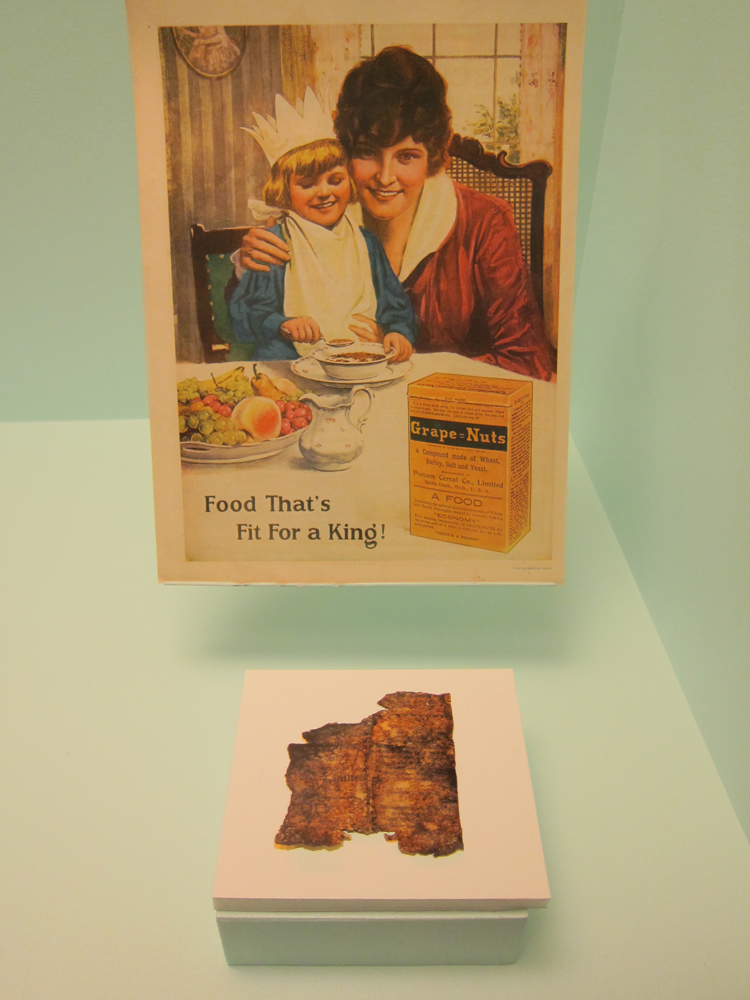
Grapenuts were amongst the many non-perishable goods that the men ate to keep themselves alive during the expedition. (Credit: Grape-Nuts advert. and facsimile. Peary-MacMillan Arctic Museum.)
Exploring the Arctic today
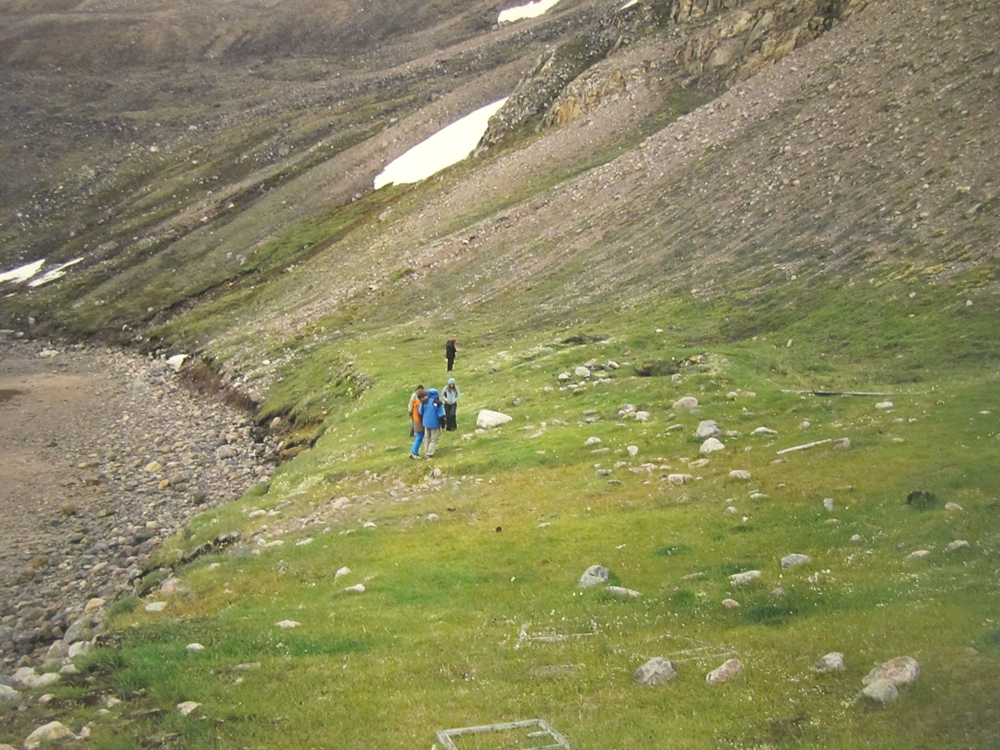
Researchers based at Bowdoin College in Brunswick, Maine, continue to visit the Crocker Land headquarters for anthropological studies. (Credit: John Darwent, Etah, July 25, 2005. Courtesy of the Inglefield Land Archaeology Project. Peary-MacMillan Arctic Museum.)
Follow Live Science @livescience, Facebook & Google+.











